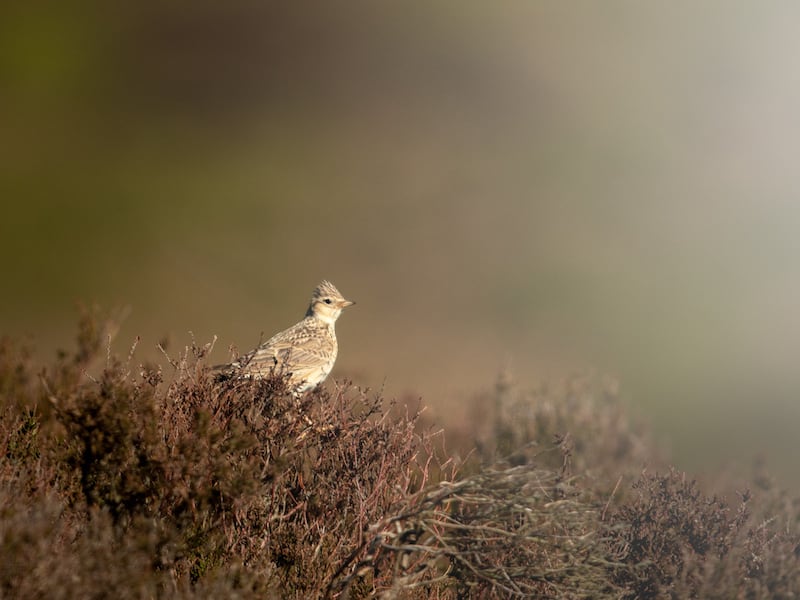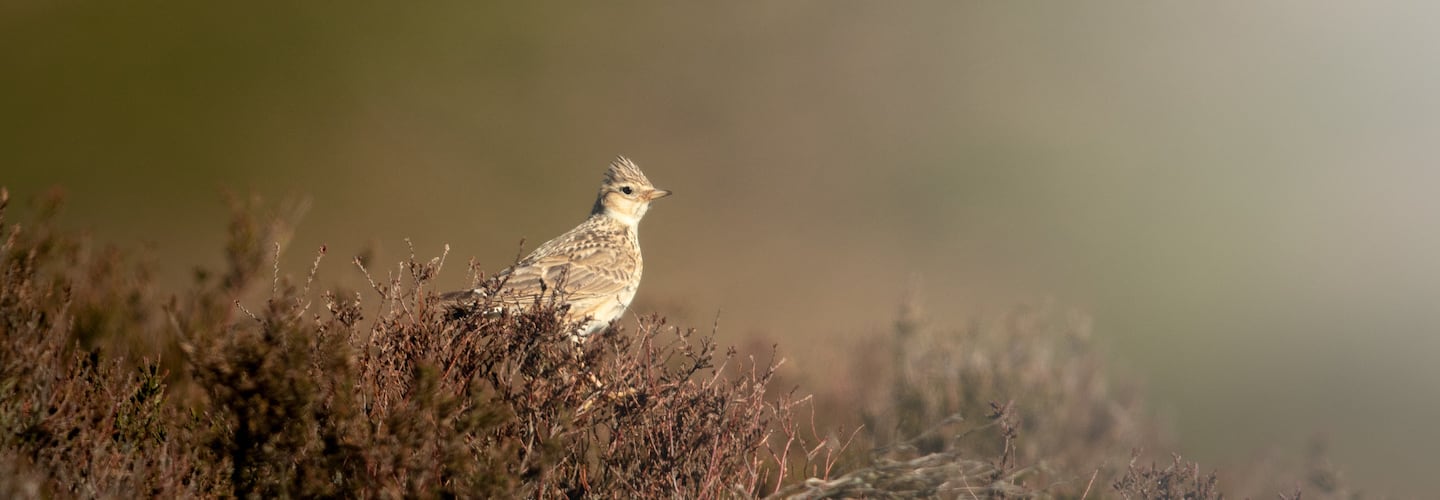Seasonal Garden Birds
In this penultimate post in my guest mini series with Welsh Slate Water Features I’d like to talk a little bit about seasonal garden birds that aren’t around all the time and visit us when the earth’s movements suit them. The birds we’ve looked at up to now have been birds you can see all year round on our fair isles, in my Top 5 Birds To Spot In Your Garden and Top 5 Rare Garden Birds posts. There are a great many birds we can talk about that aren’t permanent residents, and to discuss them all would take a very long time. Let’s generalise a little bit and cover some ground.
Migration
As you may know, many birds migrate south to escape winter conditions. This is usually more common in countries with much colder temperatures in the northern latitudes than our own. Canada and the northern portions of the Scandinavian countries for example. But these are not the only types of migration. The three main types of migration are Irruption, Altitudinal, and Moult. In that order, let’s discuss what this means, and how it might affect the types of birds we might see.
Irruption
Irruption is when a mass gathering of birds flock from one place to another. The Waxwing is an example of this. Their migration is usually caused by dwindling food sources. In the case of the Waxwing, they normally winter in the Scandinavian countries, but when they have particularly large numbers the food supply depletes much more quickly. When this happens large flocks of the Waxwing will make their way to the UK in search of food. This is normally not too common an occurrence, happening once every ten years or so. But the same case holds true for other species of bird as well.

Altitudinal
Altitudinal, as the name might suggest, is a migration of varying height. Rather than travelling from North to South, or East to West. Some birds will travel from higher altitudes to lower, or vice-versa. This is also known as vertical migration. We see this in the UK with birds like the Skylark and Snow Bunting. During the summer they will breed in upland and mountainous areas. They will then head to lower ground to ride out winter in less difficult conditions with a more plentiful food supply.
Migration of Moult
The migration of Moult is somewhat unusual. Some birds such as Shelducks moult each year. This isn’t uncommon, almost all bird species exhibit this behaviour. When talking about birds that are Moult migrants the moult can be a somewhat dangerous endeavour. Whilst moulting and awaiting new feathers to grow through these birds are left unable to fly. Their migration is one of defence and survival whereby they will head to areas where they can remain in relative safety while their new feathers grow through. Once they’re able to fly again they’ll return to their usual habitats and behaviours.

What does this mean for your gardens?
In reality, probably not too much, depending on your location of course. It’s quite rare for Skylarks to visit people’s gardens for instance, although not entirely unheard of. The same holds true for Snow Buntings, they’re quite uncommon visitors to gardens but certainly it’s not impossible, especially in more rural areas. As a mass migrant it is possible to see birds such as the Waxwing in your garden, especially if you have trees sporting the berries they look to eat such as Rowan or Hawthorne.

Summer Migrations
Covering the summer visitors will likely reveal some names that you’ll be quite familiar with including many birds that could well be visitors to your garden. These birds will migrate north to the UK in the spring to mate and spend the summer with us. At the end of the summer they will take their young and head back to winter in warmer climes. This is quite a list which includes birds such as Swallows and Martins, Warblers, Wheatears and Whinchats. The Cuckoo, Nightjar and Turtle Dove also follow this pattern. Birds of Prey such as the Hobby and Osprey also behave in the same way, the Osprey being one of the most dramatic of hunting birds feeding only on fish. There are a good many public and commercial viewing and photography hides up and down the UK to be able to observe and photograph the mighty Osprey. Some of these summer migrants you’re likely to have visit your gardens might be the Warblers, Flycatchers, Redstarts and Yellow Wagtails. If you’re fortunate to live near woodland areas these will be more regular visitors to your garden but you may also catch them on their passing through.
Winter Migrations
These birds will usually visit it us to avoid harsher winter conditions further north than our latitudes. As autumn starts to take over the northern, colder regions these birds will travel to the UK to take advantage of our milder winter conditions and more ready food supply. When Spring rolls around they’ll pack up and leave, heading back to their breeding grounds for the summer.
In terms of visitors to your garden during their winter stay there’s a chance you’ll see some of the songbirds that make this journey. Redwings and Bramblings will be among the more common for you to see. If your garden has some hardy plants that stand up well to the winter conditions it will help your chances of seeing them in your garden. Nearby woodlands will also help improve your chances but they will visit gardens looking for easy meals. Other birds that usually overwinter with us a larger waterfowl and wading birds such as Whooper and Bewick’s Swans, and many different species of ducks. These are usually the types of birds you’re less likely to have arrive in your garden, they’ll head for larger bodies of water to spend their winters.

As you can see, taking into account the birds that will normally visit your garden year round, there are a few seasonal birds that you might get a chance to see if you happen to be in the right place at the right time.
Please visit the Guest Blogs section to discover more from this series of posts dedicated to local garden birds, and look out for my final post in the series.
Take care everyone,
Gareth.
Gareth Kelley Website
Gareth Kelley Facebook
Gareth Kelley Instagram
We’re privileged and proud to present Seasonal Garden Birds, a truly unique guest post by exceptional UK wildlife photographer Gareth Kelley.
Please follow Gareth via social media and visit his website for more incredible content.

